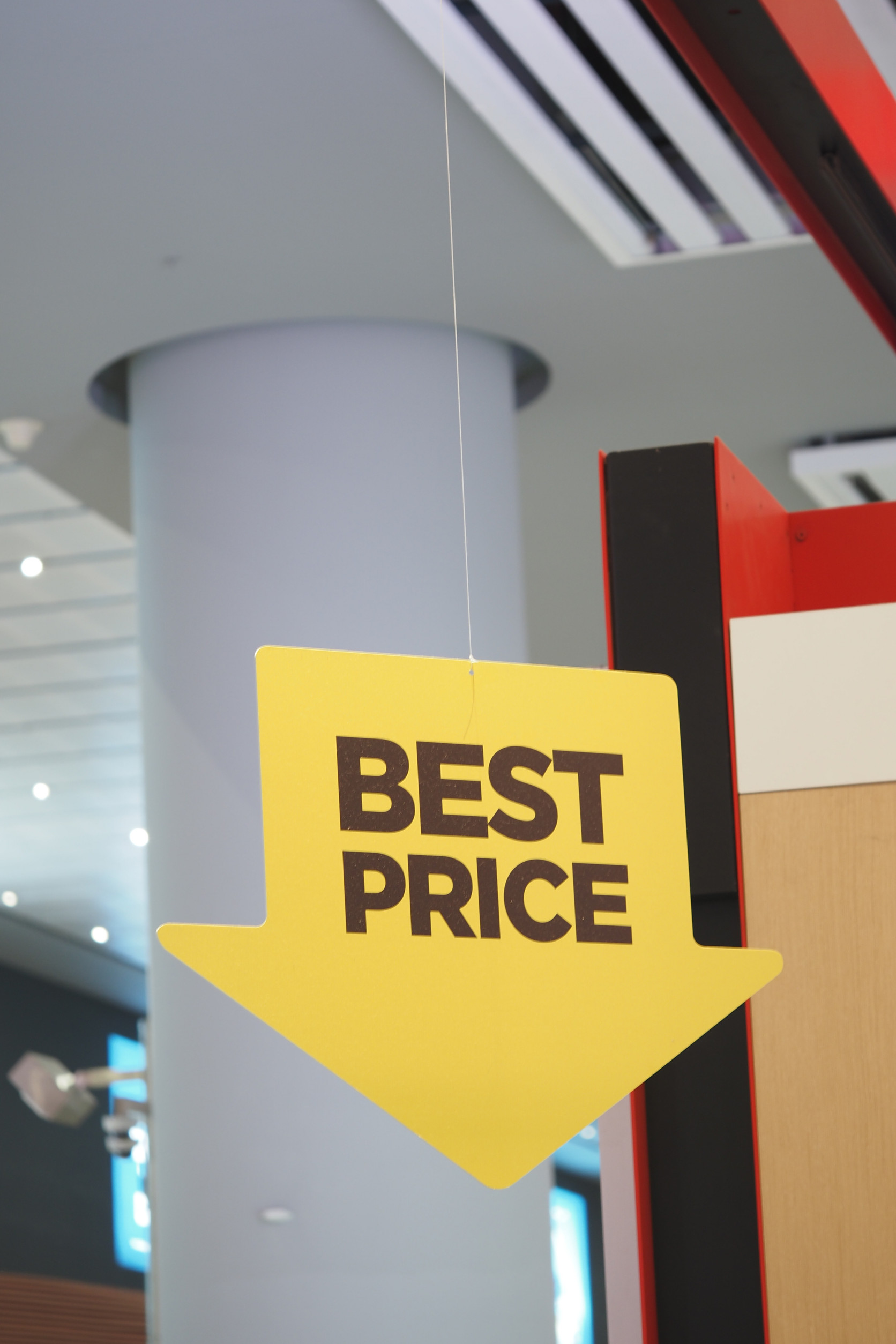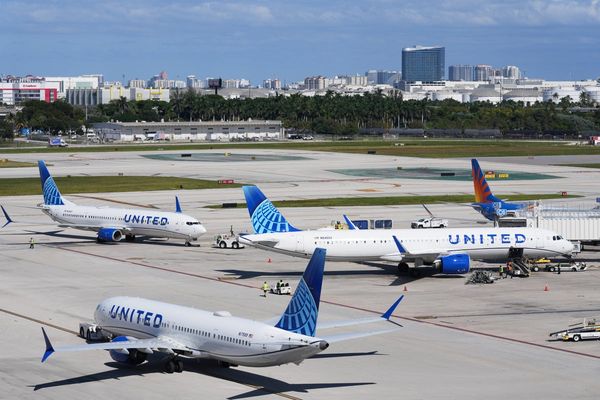
Have you ever noticed that a “huge deal” during Black Friday or Prime Day doesn’t feel like a bargain? You’re not alone—and there’s a sneaky reason behind it. Time and again, retailers have raised prices right before major sales, so that the discount feels bigger—even when the final price is no better than regular. Knowing when this happens can help you shop smart and avoid falling into discount illusions. Let’s peel back the curtain and explore 7 times retailers have pulled this trick.
1. Amazon Inflates Prices Before Prime Day
Prime Day is notorious not just for deals—it’s for the lead-up. Retailers, including Amazon, often raise prices in the days before Prime Day to make discounts look deeper during the event. Wired advises against shopping early, noting that price-tracking tools like Keepa reveal this pattern frequently. That means what seems like a great deal might just be the regular price before inflation kicks in. Always compare with historical data to shop confidently.
2. “Never-Discounted” Sale Jackets Marked Up to Fake Discounts
Imagine a jacket that was always $100 but suddenly shows up at $140—only to be “on sale” for $100. That’s what retailers achieve when they raise prices just before a sale. It’s one of the oldest discount tricks, but still so common. Consumer trackers call it deceptive, yet it continues across seasonal events like Black Friday. Price history tools can help expose the truth behind these illusions.
3. Legal Battles Over Deceptive Markdowns
When retailers raise prices before markdowns, they sometimes cross legal lines. Several large chains—think Kohl’s, JCPenney, Michael Kors—have been sued or fined for misleading pricing. Advertised “discounts” that rely on inflated original prices are increasingly seen as deceptive. Lawsuits are on the rise, pushing consumers to stay vigilant. After all, a called “deal” is only real if it’s honest.
4. UK TV Retailers Mislead with Fake Discounts
In the UK, consumer watchdog Which? uncovered a striking case: over half of TV “deals” from Currys and Very used inflated original prices that weren’t real. An LG TV, for instance, showed a discount from £2,499 when that price hadn’t held up in months. This manipulation exaggerated savings, tricking shoppers into paying more for less. It’s a retail trick that extends across borders.
5. Australian Grocers Raise Prices Before “Sales”
In Australia, big chains like Coles have admitted to raising prices by at least 15% before launching “special” discounts. A snack bar was marketed at “$5 special” but normally sold for just $4.50—a clear markup that aimed to fool shoppers. Regulators are actively challenging this misleading marketing. It’s a timely reminder that not every sale is created equal—even in food aisles.
6. Kroger Overcharges with Outdated “Sale” Tags
At Kroger stores across the U.S., expired sale tags stuck on shelves led customers to pay up to twice the advertised price. An investigation found persistent pricing mismatches—some products rang at 18% more than listed. While not always a deliberate price-raising scheme, it functions similarly: shoppers are misled right before checking out. This ongoing issue highlights why double-checking is essential, especially for sale items.
7. Tariff-Related Price Surcharges Lurk Before Sales
On the business side, rising tariffs have pushed brands to raise prices. In response, some launch “tariff sales” to lure customers before costs climb further. For example, Saatva ran a “Beat the Tariffs” promotion—offering discounts while hinting future hikes were on the horizon. It’s a marketing strategy that preempts raising prices and uses fear to drive sales. Know the context when you see these themed discounts.
Uncovering Real Deals Starts with Price Awareness
Seeing a sale isn’t the same as scoring a deal. Retailers often raise prices ahead of promotions—priming the market for inflated discounts. Whether it’s an e-commerce giant prepping for Prime Day or a grocery chain on the other side of the world, this tactic is widespread. Your best defense? Use price-tracking tools, check price histories, and question “too good to be true” markdowns.
Have you ever felt burned by a “sale” that wasn’t? What pricing trick would you warn friends to watch out for next time they shop? Spill your stories below!
Read More
Why Are Some Retailers Limiting How Much You Can Buy of Certain Items?
What Retail Employees Know About Pricing That You Don’t
The post 7 Times Retailers Raised Prices Just Before a Big Sale appeared first on Grocery Coupon Guide.







